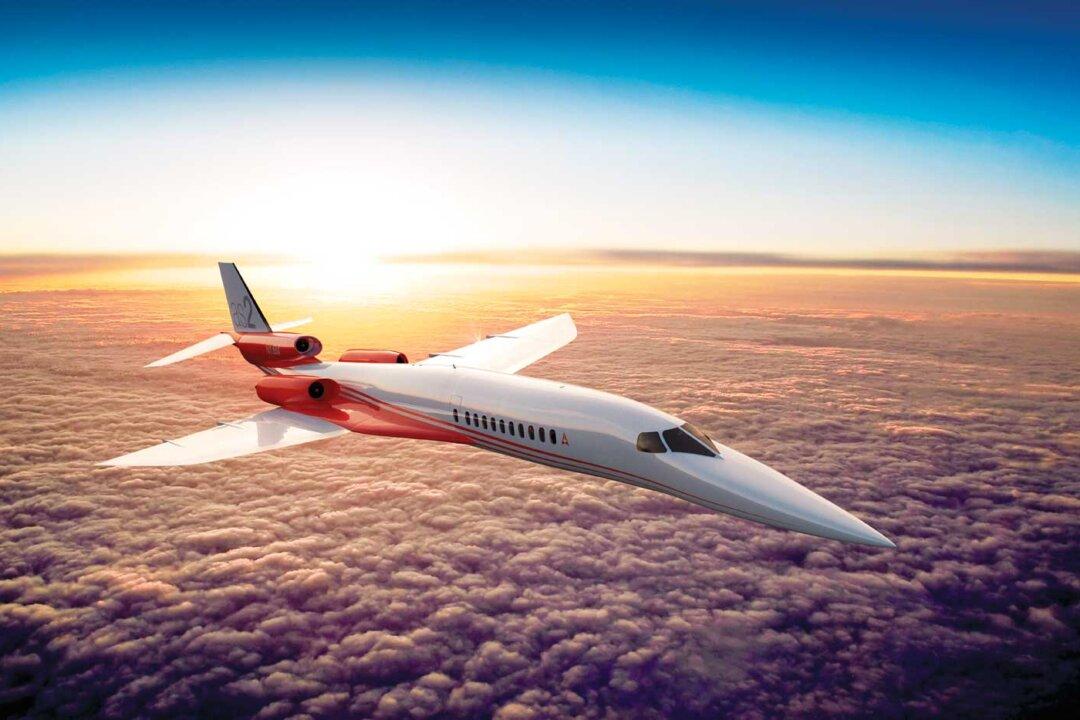No matter whether you are flying business or economy, being stuck on a commercial airliner for half a day is a waste of time.
The good news: Cutting the 11 hours from London to San Francisco in half will now be possible sooner rather than later, thanks to commercial supersonic travel.
Nevada-based Aerion Corp. announced Tuesday it will work with European aircraft giant Airbus Group to get a supersonic jet to market by 2021.
“It puts us solidly on track toward our objective of certifying the world’s first supersonic business jet in 2021. Needless to say, we are thrilled with the resources Airbus Group will bring to the program,” said Aerion Chairman and billionaire investor Robert Bass.
Cooperation
The two companies will exchange technology and personnel to kick-start a development process that has already cost $100 million and started more than 10 years ago.
However, to get the $100 million model AS2, which will seat 19, to market, Airbus will also have to inject a large pot of money into the venture.
Total development costs are estimated to be as high as $3 billion but could pay off handsomely. Over 20 years, Aerion estimates the market for small supersonic jets could be as big as 600 jets or $60 billion. The two companies, however, said they will not disclose the amount of financial help.






